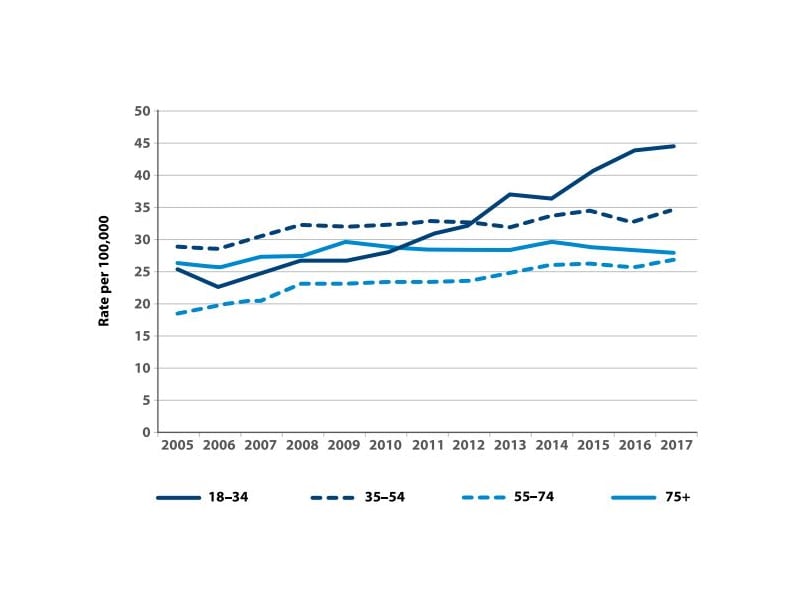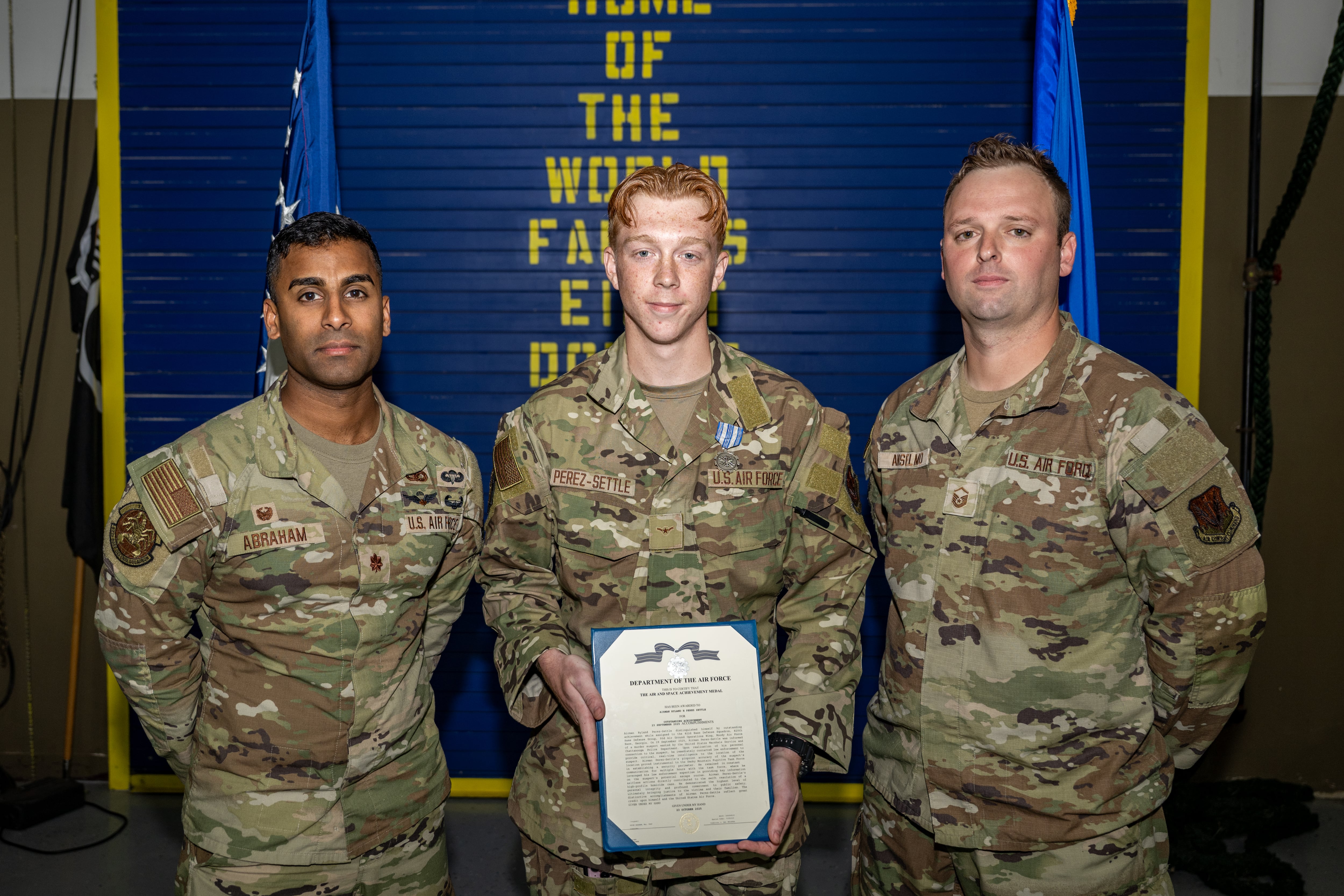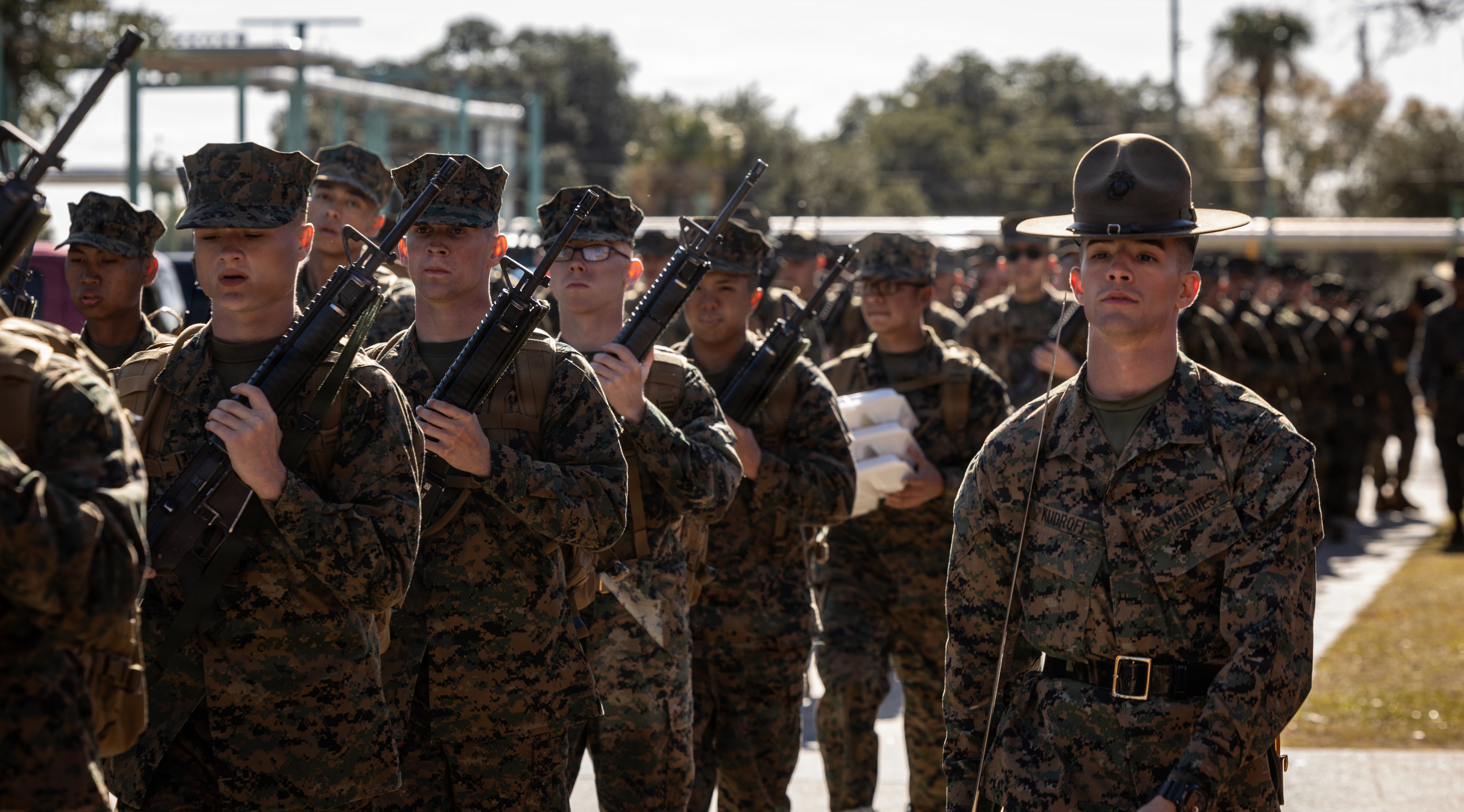The National Defense Authorization Act of 2020 mandates several improvements to the Transition Assistance Programs (TAP) that each of the services administer prior to a service member’s expiration of time in service (ETS).
While long overdue, these improvements and their good intentions will still fall short of what transitioning service members ultimately need to set up themselves, their families, and their prospective employers for success in their next act in life. This is not a swipe at the purveyors of TAP, but rather a recognition of the breadth of needs that transitioning veterans have and a realization of the government’s inability to address them all.
This should serve as a wake-up call for all service members in what they need to consider in departing the military.
So, what needs do veterans typically have in transitioning from the military? This list is long and can be burdensome. These needs may be summarized as follows:
Employment needs
• Career (not just a job)
• Translated competencies
• Mentorship
• Education
Cultural needs
• Camaraderie
• Social network
• Veteran peer connections
• Volunteer opportunities
• Structure / order
Health needs
• Access to care
• Life counseling
• Mental health
• Insurance (if not covered by the VA)
Daily needs
• Housing and sustenance
• Transportation
• Legal assistance
• Access to financial resources
In light of these needs, it is helpful to define what a successful transition would entail. I would submit that a successful transition occurs when a veteran:
• Finds meaningful employment aligned with their strengths and preferred career field
• Satisfies their and their family’s basic needs (daily needs noted above)
• Identifies resources required to address any post-military transition needs
• Acquires healthy means to cope with the stressors of transition
• Has established 12-month personal and professional goals
• Positively contributes to the broader community of transitioning veterans (i)
So, which of these does the government actually address and for which of these are veterans responsible? The answer is quite simple. Unless a veteran is retired, receiving disability compensation, eligible for the GI Bill, or has access to the nearest VA hospital, he or she is ultimately responsible for meeting all those needs. Re-read that last sentence. By and large, a successful transition depends upon the veteran.
Transition is a difficult process that takes years to successfully navigate, and the cost of failure may be catastrophic. According to a recent study, “44 percent of veterans experience high levels of difficulty when reintegrating into civilian life,” (ii) and veterans who experience the highest difficulty during their transition are 5.4 times more likely to experience suicidal ideation. (iii) In fact, the suicide rate is significantly higher among post-9/11 veterans, which comprise the 18-34 age group. Those rates have more than doubled from 2006 to 2016 — out-pacing all other age groups — despite improvements in mental health services and long-term care (see chart below). (iv)

The good news is that there is much support available to assist veterans in their transition efforts. But they need help in navigating the proverbial “sea of goodwill.” Aside from the obligatory TAP program (which I strongly encourage service members attend early, multiple times and, where applicable, with their spouse or partner), I’d suggest three resources to assist service members in making a successful transition:
• My book, “Mission Transition: Navigating the Opportunities and Obstacles to Your Post-Military Career,” Army Magazine’s recent review has noted it as: “one of the best I have encountered;” “valuable and needed work;” “exceptionally well organized and easy to understand;” “This book will help you start planning for your next mission today.” (v)
• The VA’s ETS Sponsorship Program, which connects transitioning veterans to sponsors in their post-military hometown prior to ETS. (vi) Think of the Total Army Sponsorship Program applied to the real world. Many of these sponsors will come from veteran collaboratives based in local communities around the country. Please see my website (www.matthewjlouis.com) for a list of these collaboratives and other resources.
• Participation in an apprenticeship or internship. While the list of all currently available programs is much longer than space will allow, consider the Career Skills or SkillBridge Training Programs that the services currently offer. See my website (www.matthewjlouis.com) for a much more thorough listing of opportunities.
Matthew J. Louis is the author of the HarperCollins book “Mission Transition: Navigating the Opportunities and Obstacles of Your Post-Military Career,” a practical guide for veterans in career transition, and serves on the board of TVCA. Louis holds an MBA in operations and finance from the Kelley School of Business at Indiana University and a BS in mechanical engineering from West Point. He is a graduate of the US Army Command and General Staff College. Louis served in the Southwest Asia combat theater and on the staff of the US Army’s Office of the Deputy Chief of Staff for Operations. He is a retired lieutenant colonel.
(i) Matthew J. Louis, Mission Transition: Navigating the Opportunities and Obstacles to Your Post-Military Career. Nashville, TN: HarperCollins Leadership, (2019): 225. (ii) Rich Morin, “The difficult transition from military to civilian life,” Pew Research Center, 2011, accessed March 3, 2020, https://www.pewresearch.org/fact-tank/2011/12/16/the-difficult-transition-from-military-to-civilian-life/. (iii) Kline, A., D.S. Ciccone, M. Falca‐Dodson, C. M. Black, & M. Losonczy, “Suicidal ideation among National Guard troops deployed to Iraq,” The Journal of Nervous and Mental Disease 199, (2011): 914–920. See also Joseph Geraci et al., “The modern-day Odysseus: How mental health providers can better reintegrate modern warriors and mitigate suicide risk,” J Clin Psychol. (2020): 1-18. (iv) See also: Craig J. Bryan et al., “Trajectories of Suicide Ideation, Nonsuicidal Self-Injury, and Suicide Attempts in a Nonclinical Sample of Military Personnel and Veterans,” Suicide and Life-Threatening Behavior 45, no. 3 (2015): 315-325. (v) “March 2020 Book Reviews,” Association of the United States Army, February 25, 2020, accessed March 10, 2020, https://www.ausa.org/articles/march-2020-book-reviews. (vi) “The ETS Sponsorship Program,” VA Veterans Integrated Service Networks (VISNs), Washington, DC, accessed March 9, 2020, https://etssponsorship.army/. See also: “VA program helps service members transition to civilian life,” US Department of Veterans Affairs, November 19, 2019, accessed March 9, 2020, https://www.blogs.va.gov/VAntage/68723/va-program-helps-service-members-transition-to-civilian-life/.
Editor’s note: This is an Op-Ed and as such, the opinions expressed are those of the author. If you would like to respond, or have an editorial of your own you would like to submit, please contact Military Times managing editor Howard Altman, haltman@militarytimes.com.










